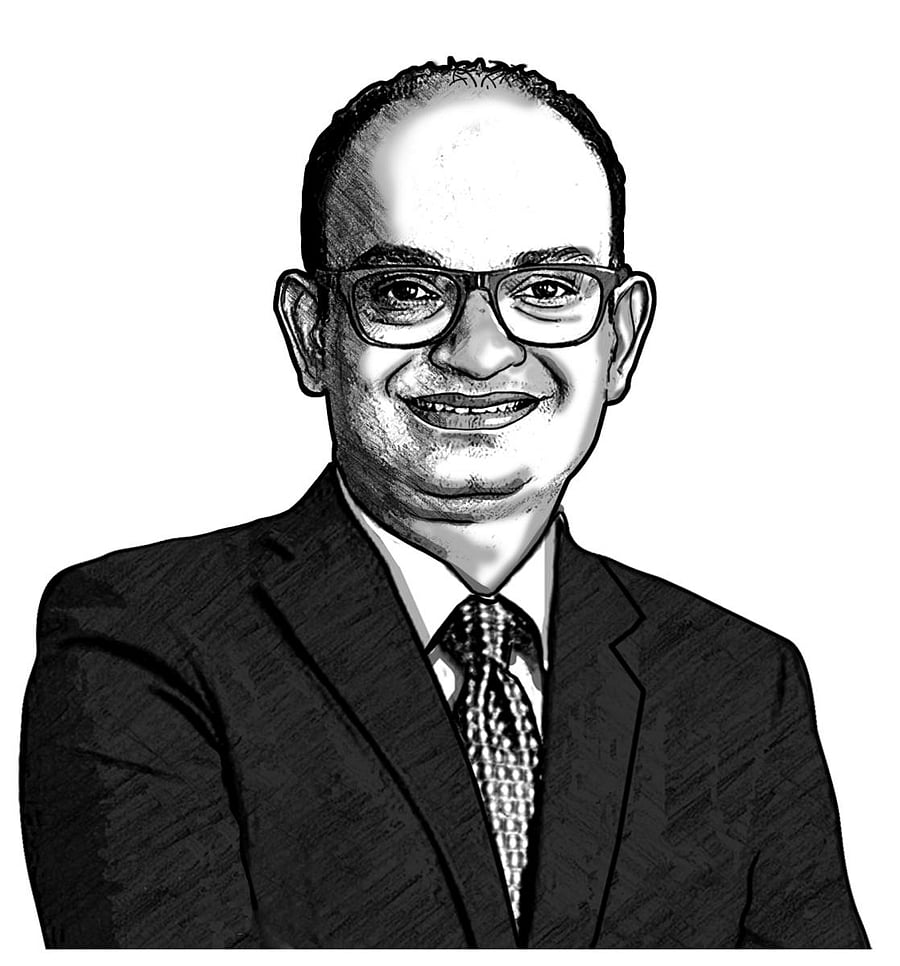
I remember a colleague of mine saying how he was once dumbfounded on being asked a simple question -- “Who are you?” My colleague was a Russian working in the US at that time. The question was asked by a passport officer in Russia. He felt that his very being was questioned. He did not know where to begin or where to end. He was unable to respond with the right set of labels.
I have also, as have probably many of you, struggled with the right introduction in different forums. Today, in most professional settings, the labels for me are “Founder and CEO of Myelin Foundry”, “Past Group CTO, Tata Sons”, and “Past MD, GE John F. Welch Technology Centre.” In a creative setting, my introduction could be, “be it going down unknown roads in a new city, or peeling a known fact to discover fascinating unknown layers, what drives me is the unknown…” No labels in this case.
As humans and in interacting with others, in general, we seem to have a need to categorise. However, the ‘mainstream’ labels are not inclusive of those who are ‘non-mainstream’. The label ‘fringe’, used for the non-mainstream, itself has negative connotations.
The Mahabharata tells us the story of Shikhandi, a transgender who was responsible for incapacitating Bheeshma in the battle of Kurukshetra. Most versions of the Mahabharata talk about Shikhandi undergoing a gender change from female to male as an adolescent. The third gender has hence long been in the Indian ethos. The fact is that many cultures have always recognised the third gender. Fact also is that most cultures did not do a great job of being inclusive of the third gender.
Shikhandi was born in Panchala where, we understand, there was no gender discrimination. Shikhandi was able to train and participate in the military forces. Being the child of Drupada the King of Panchala, might have been helpful. Bheeshma, the patriarch of the Kurus, however, refused to engage in battle with Shikhandi because of his gender antecedents. Shikhandi wanted to be identified as a man. Bheeshma was unwilling to do so, despite Krishna advising him to recognise Shikhandi as a man, respecting Shikhandi’s choice.
Today, the pronoun to be used for Shikhandi would be -- ‘his/him’. But that is a label. Woke and Cancel culture notwithstanding, we have not solved the issues pertaining to gender identity and inclusion. The matter has become more acute with what I call “hyper-labelling.” There are a hundred or more gender identities, depending on the source of research. These gender identities are not fixed in time even for one individual. Does this hyper-labelling help the inclusion of all the identities in mainstream jobs, social constructs, and individual opportunities? Probably not. Does the hyper-labelling help to create a good dialogue on the issues of inclusion? Maybe. Do individuals have a right to label themselves in the manner they are most comfortable? Absolutely. Will hyper-labelling help others understand the meaning of a label? Probably not.
There is an increased sensitivity to labels even beyond gender identity to include generational identity, racial identity, disability identity, marital identity, and friendship identity. Labels come in and go out of use. Queer was a pejorative label, and now a matter of pride for the LGBTQ community. Black is OK, Coloured is not, and African-American not inclusive in the US. ‘Dalit’ means oppressed and is the label preferred over ‘Harijan’, which is perceived as condescending even by the Indian courts. When Gandhi started using the label Harijan, Ambedkar objected, saying that it was condescending and obscurantist in nature, an attempt to sidestep the real issue.
As we gain a better understanding of our minds and bodies, we have more labels to deal with on mental wellbeing, physical wellbeing, identity matters, and societal matters. A scientific and cultural basis for labelling enables us to be more inclusive. Labels should be used to include and not to exclude people from a discussion. A label should reflect reality and not obscure, it should help make individuals comfortable in their identity. Hyper-labelling, though, has the reverse effect and does not aid inclusion, identity, or clarity. Finally, it is the prerogative of those who do not identify with the mainstream to choose their labels.
The rainbow has seven labelled colours though it is a continuous spectrum. This works. In fact, the visible spectrum is only a part of the infinite electromagnetic spectrum. This is acknowledged. As humans, are we any less of a spectrum? Let us celebrate the spectrum!